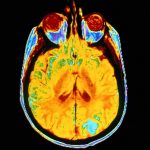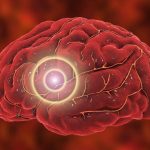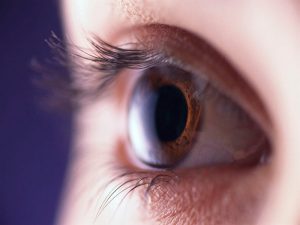
U.S. health care workers were most likely to be infected with COVID-19 at work during the pandemic’s first year, according to a new study that challenges previous research suggesting their risk was highest off the job. Researchers said their findings could help guide efforts to better protect health care workers during future infectious disease outbreaks. “This study provides important insights to guide infection prevention and control practices in health care settings so that we can better protect HCPs [health care professionals] and their patients,” said Linda Dickey, president of the Association for Professionals in Infection Control and Epidemiology (APIC), which published the findings in its journal. For the study, researchers analyzed data from the U.S. Centers for Disease Control and Prevention on nearly 84,000 health care workers who were diagnosed with COVID-19 between March 1, 2020, and March 31, 2021, and whose source of exposure was known. Exposure to SARS-CoV-2 was more likely in the workplace (52%) than in the home (nearly 31%) or community (about 26%). Workplace-associated exposures peaked in April 2020 at 84%, the researchers found. About two-thirds of health care workers who reported a specific type of on-the-job exposure said they’d come into contact with patients or other health care workers who had COVID-19. The largest reductions in workplace exposures occurred in June 2020 after introduction of improved infection prevention and control… read on > read on >






































